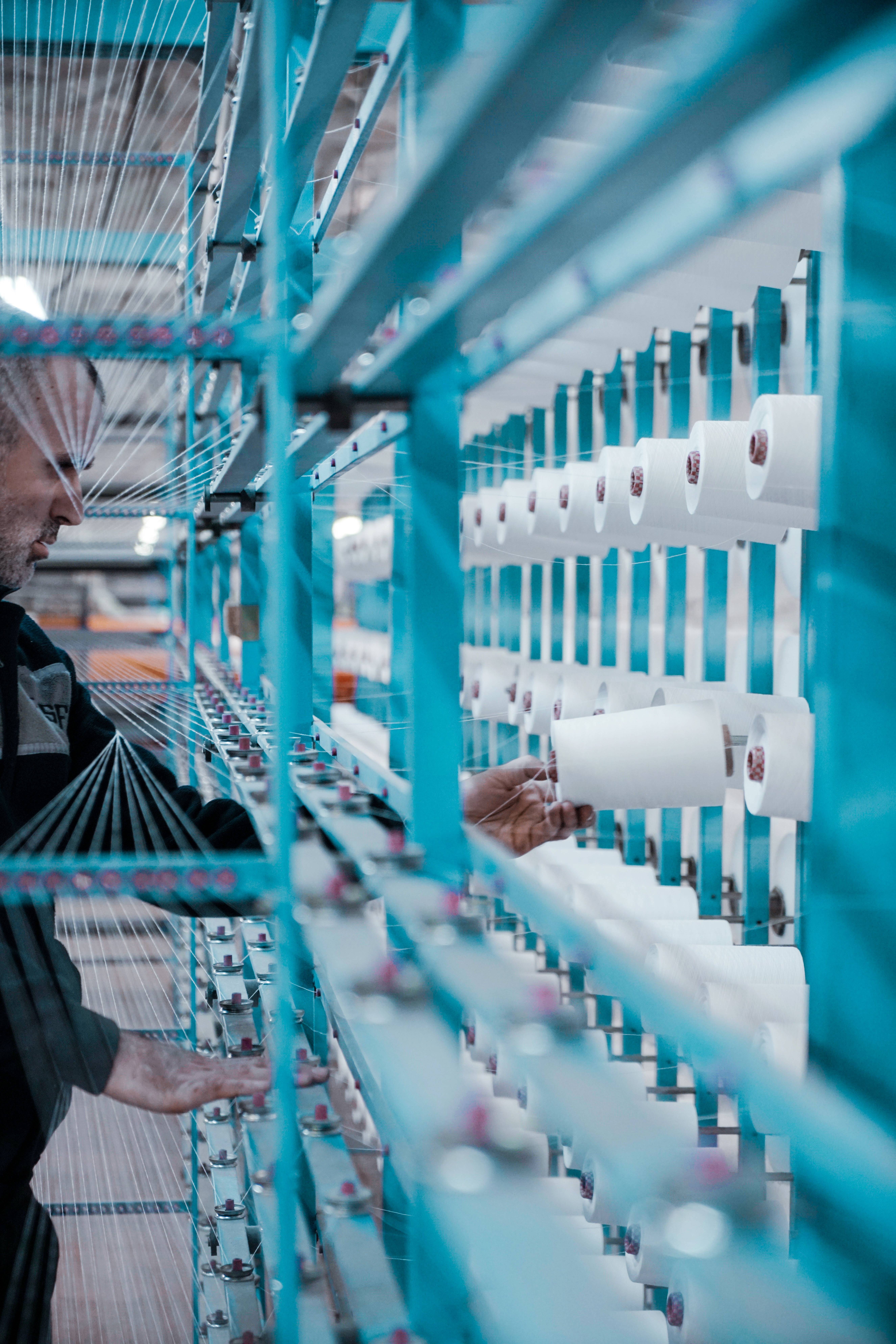What is Machine Vision (MV)?
Machine vision (MV) is an advancing technology that uses imaging for automatic inspection and analysis in applications like process control, robot guidance, and automatic inspection. It integrates a combination of software, hardware, and comprehensive systems designed to handle real-world challenges in industrial automation. Unlike computer vision, machine vision innovatively brings together various technologies tailored to fulfill industrial requirements. This article dives deep into machine vision’s definition, methods, equipment, and market landscape, highlighting its essential role in automated inspection and analysis.
What is Vision Software?
Machine vision extracts information from images automatically using vision software. Instead of generating a secondary image like in traditional image processing, machine vision identifies objects and their precise positions. This capability makes it invaluable in tasks like robot guidance, security monitoring, and vehicle direction. The field integrates a range of technologies and products, predominantly in the realm of industrial automation. While there are shared attributes with computer vision, machine vision is specifically engineered to counter industrial challenges.
Imaging-Based Automatic Inspection and Sorting
Central to the machine vision process is its role in imaging-based automatic inspection and sorting. This begins by taking images with specialized cameras, lenses, and lighting. The vision software then interprets these images, pulling out the needed data. According to predefined standards, the software then makes determinations such as pass or fail.
What is a Machine Vision Camera?
In the machine vision realm, an inspection system comprises elements like lighting, cameras (often referred to as machine vision cameras), processors, software, and output devices. The imaging instrument may be standalone or might be embedded within a smart camera. The kind of imaging technique deployed often varies depending on the specific requirement.
Image processing is fundamental to machine vision. This involves processes like filtering, segmentation, and pattern recognition. The growth and development in deep learning have paved the way for refined image processing.
Outputs and Applications
The outputs from machine vision differ based on their application. These can range from simple pass/fail indicators to intricate guiding systems for robots, measurements, code readings, or even display of results. These systems have the capability to activate specific actions based on their detections.
Machine vision finds its applications in various sectors. It plays a crucial role in inspecting products, steering robots, augmenting security measures, and navigating vehicles.
How is AI Transforming Machine Vision?
Artificial Intelligence (AI) is significantly reshaping the contours of machine vision, adding a layer of sophistication and depth to traditional processes. Machine vision, in its essence, is about interpreting images and extracting valuable information. The integration of AI, and more specifically deep learning, allows these interpretations to be immensely more detailed, adaptive, and accurate. Especially when using video instead of separate images like visionplatform.ai does!
- Enhanced Recognition: With AI, machine vision systems can recognize and differentiate between thousands of different objects with minimal error, even in complex environments. This is particularly beneficial for industries where a subtle distinction can have vast implications, such as pharmaceuticals and precision manufacturing.
- Adaptive Learning: Traditional machine vision systems are often programmed for specific tasks, which means modifications or adaptations require manual intervention. AI-enabled systems, on the other hand, continuously learn and adapt to variations. For instance, in quality control, if a new type of defect starts appearing, the system can learn to identify it without being explicitly programmed to do so.
- Predictive Analysis: Beyond just identifying and sorting, AI-integrated machine vision can predict patterns and anomalies. For industries reliant on preventive maintenance, such as the automotive or aerospace sectors, this means being able to foresee potential issues and rectify them before they escalate.
- Reduced Cost and Increased Efficiency: While there’s an initial investment in integrating AI, the long-term benefits include faster processing times, reduced manual oversight, and a significant decrease in errors. This translates to cost savings and operational efficiencies in the longer run.
Benefits of AI in Machine Vision:
- Scalability: As businesses expand and production lines grow, AI-driven machine vision systems can scale without a proportionate increase in complexity or cost.
- Versatility: They can be employed across a variety of sectors, from healthcare diagnostics to agricultural sorting, demonstrating their versatility.
- Robustness: AI-driven systems can handle noisy or imperfect data better than traditional systems, making them more robust in real-world scenarios.
- Continuous Improvement: These systems inherently get better over time, as they process more data and refine their algorithms, ensuring an upward trajectory in performance.
Market Landscape
There’s been a substantial growth in the machine vision market, attributed to technological advancements and a surge in automation. The innate ability of the system to enhance productivity and ensure stringent quality control drives its demand. Market leaders in the industry offer a plethora of solutions tailored for diverse needs.
The market encapsulates sectors such as automotive, electronics, and logistics. With the onset of Industry 4.0 and the integration of machine vision with AI and robotics, a significant upswing in growth is forecasted.
Conclusion
Machine vision stands as a cornerstone in automated inspection and management across multiple industries. It capitalizes on image data to guarantee both quality and efficiency. Considering the rapid technological evolution and its amalgamation with budding technologies, the horizon for automated analysis appears promising, laying down a path for heightened accuracy in industrial automation and the larger spectrum.

